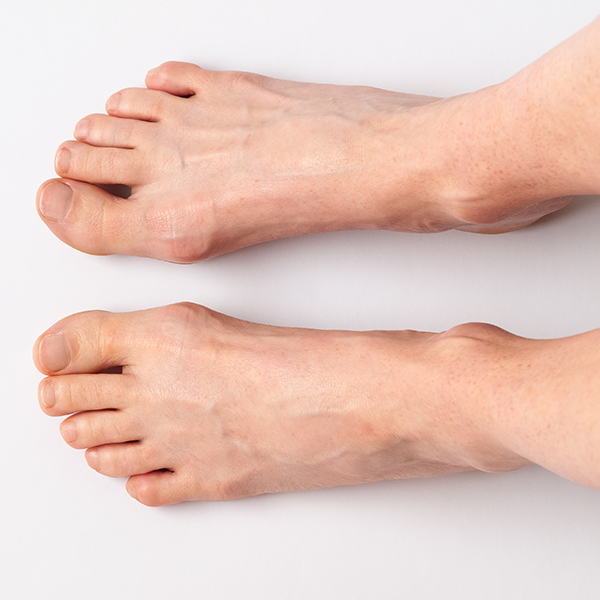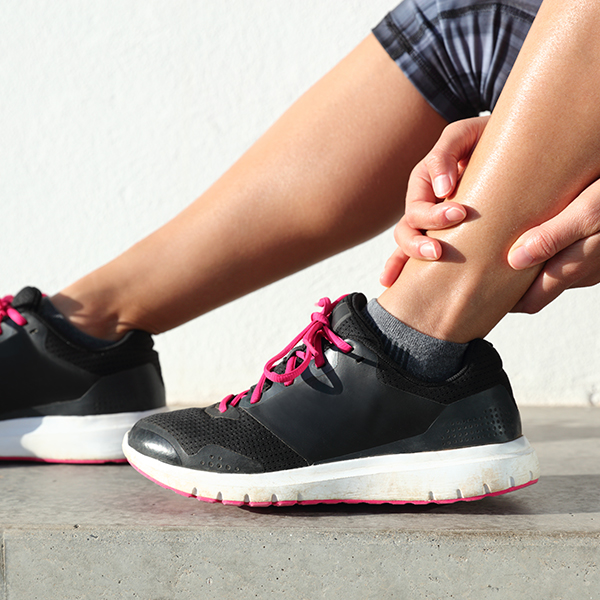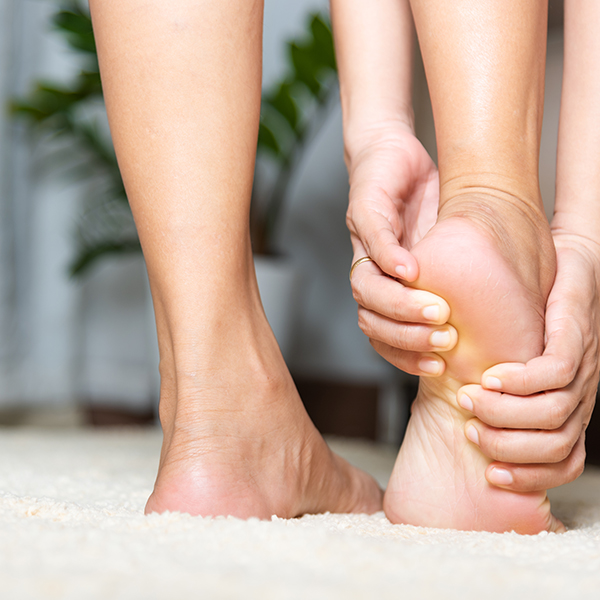Achilles Tendonitis
Achilles Tendonitis is a term used for an overuse injury involving the Achilles tendon. This band of tissue is located at the back of the lower leg, acting as the connection between the calf muscles and the heel bone.
Causes and Symptoms of Achilles Tendonitis
This condition commonly occurs in runners, especially when they have a sudden increase in the duration or intensity of their runs. Middle-aged patients are also at risk when playing sports sporadically (only a few times a month), such as basketball or tennis.
Symptoms usually begin as a mild ache or discomfort above the heel or in the back of the leg. Most patients notice the pain after sports or running. Pain levels tend to increase with prolonged activity, including sprinting, jogging, or stair climbing. In addition to the pain, people often experience stiffness or tenderness in the morning. Mild activity can be helpful to improve these symptoms.
Achilles Tendonitis is most common in men, and the risk goes up with age. Over time, the tendon weakens, which makes it more susceptible to injury. People who are overweight or have flat feet have a higher risk of this condition.
Treatments for Achilles Tendonitis
In most cases, Achilles Tendonitis can be treated with at-home remedies following the doctors’ recommendation and supervision. These self-care strategies minimize recurring episodes in the future. Not only will self-care help with immediate relief, but it is beneficial for prevention to reduce your risk. Recommendations include:
- Activity Levels: If you are going to increase your activity level, choose a gradual program to improve the intensity and duration of training incrementally.
- Shoes: Worn-out shoes increase the risk of Achilles Tendonitis. Invest in quality, supportive athletic shoes.
- Stretching and Warm-Up: Always warm up your muscles with gentle stretching, walking, and mild movements before running or engaging in strenuous activities. Avoid activities that put undue stress on the tendons, such as hill running. Stop and rest if you notice pain while exercising. It can also be helpful to stretch after exercise to improve flexibility.
- Cross Training: Plan a mix of high impact and low impact exercise activities. For example, alternate running days with swimming and cycling throughout the week.
- Physical Therapy: Exercises and focused training can be used to strengthen the muscles and boost flexibility.
- Pain Management: When the symptoms flare, try using at-home pain management strategies, such as ice application and the use of anti-inflammatory medications.
When this condition is left untreated, it can lead to ruptures and tears in the tendon, which might require surgery.
If you are experiencing severe or chronic pain in your foot, ankle, or leg, then Rock Canyon Foot and Ankle is here to help. Contact our team to schedule an appointment with a local Denver podiatrist.











